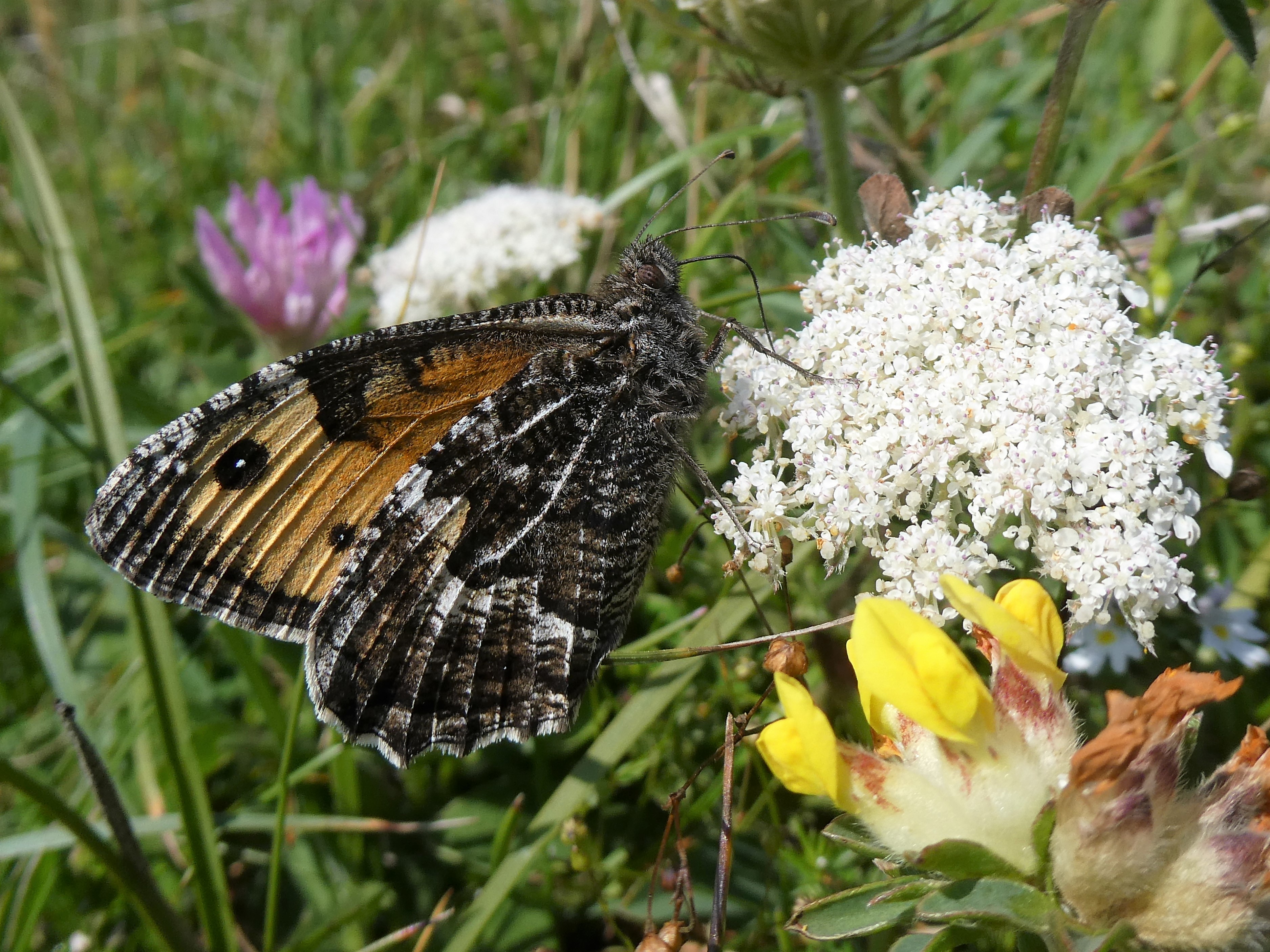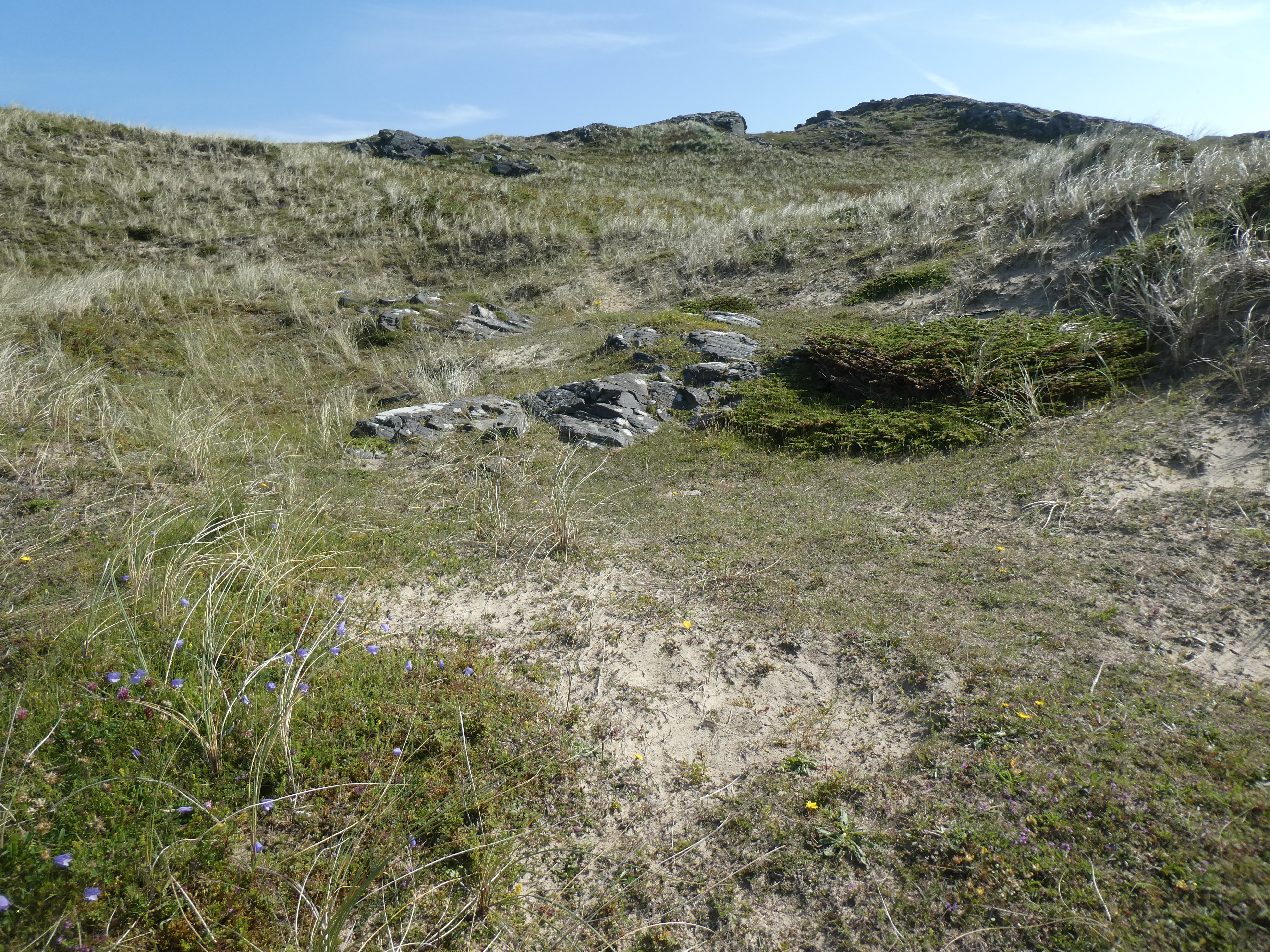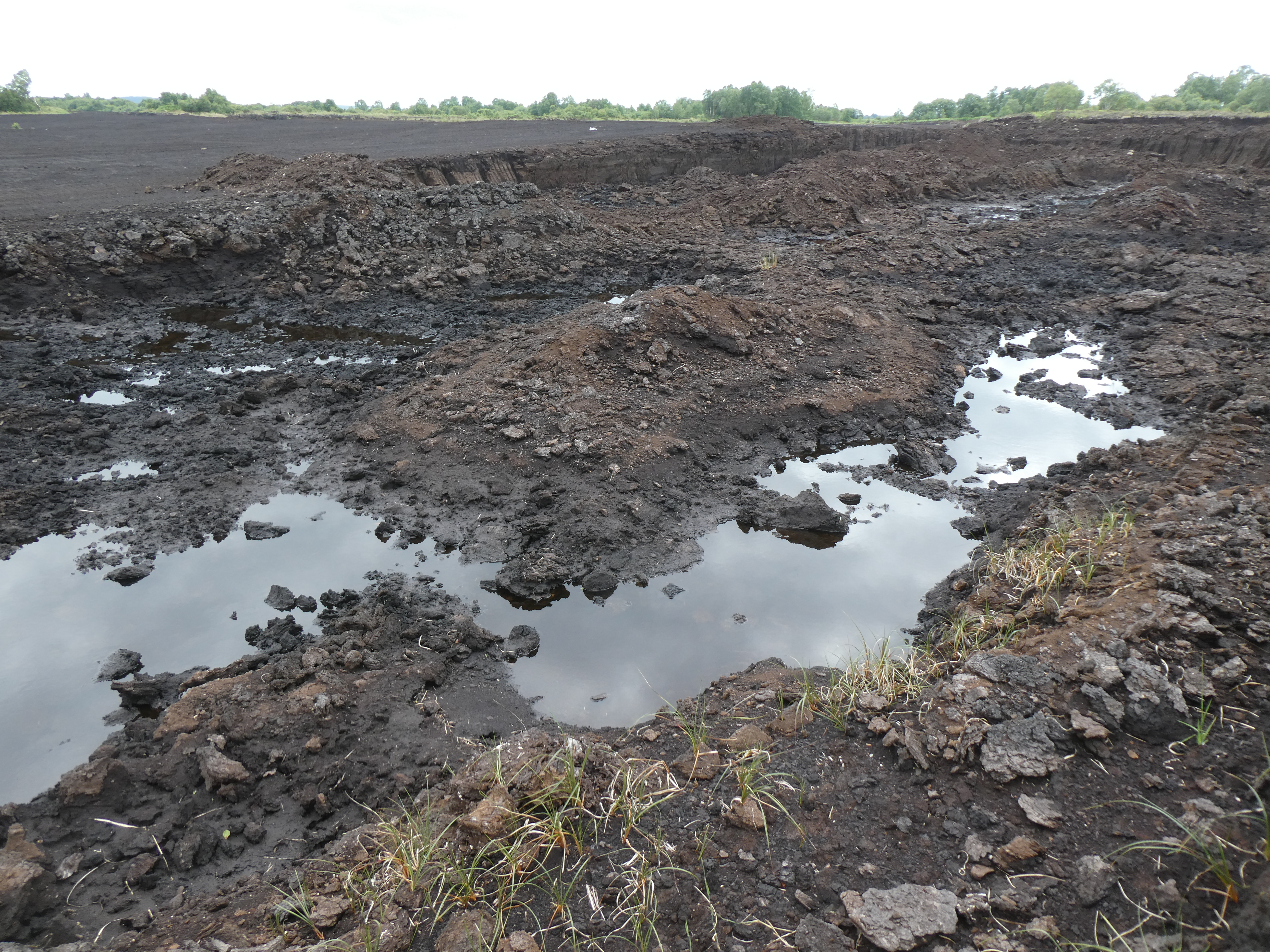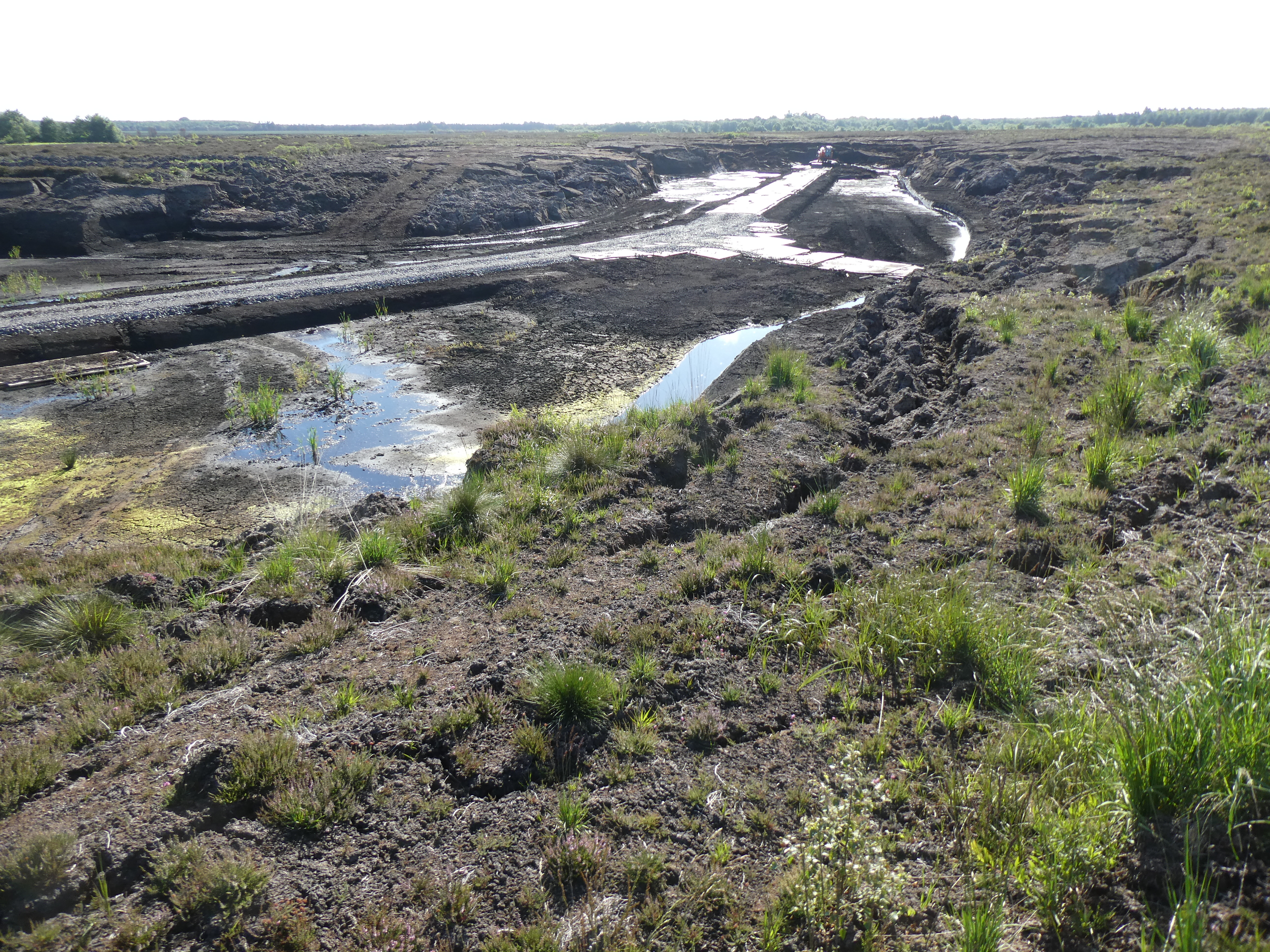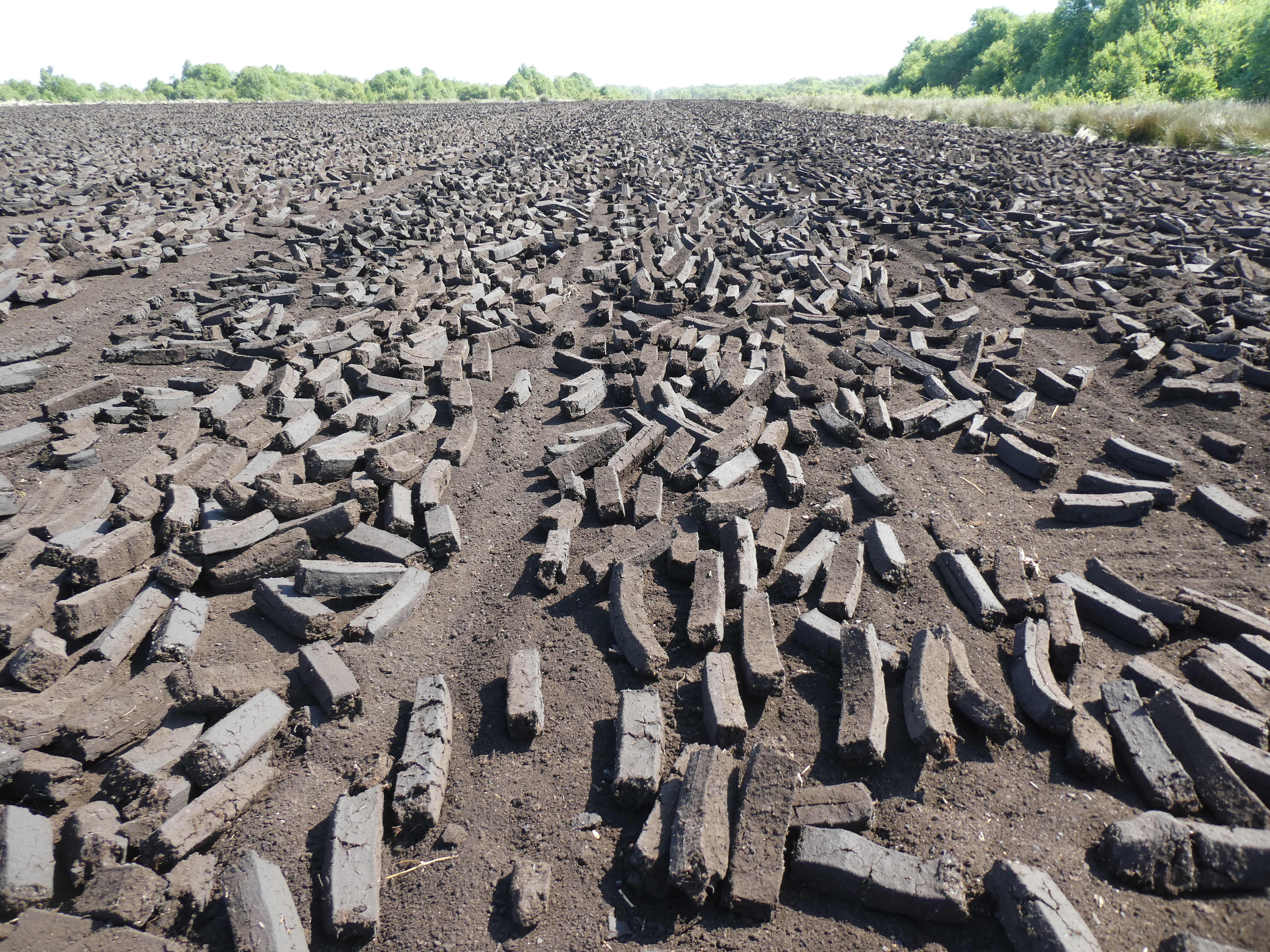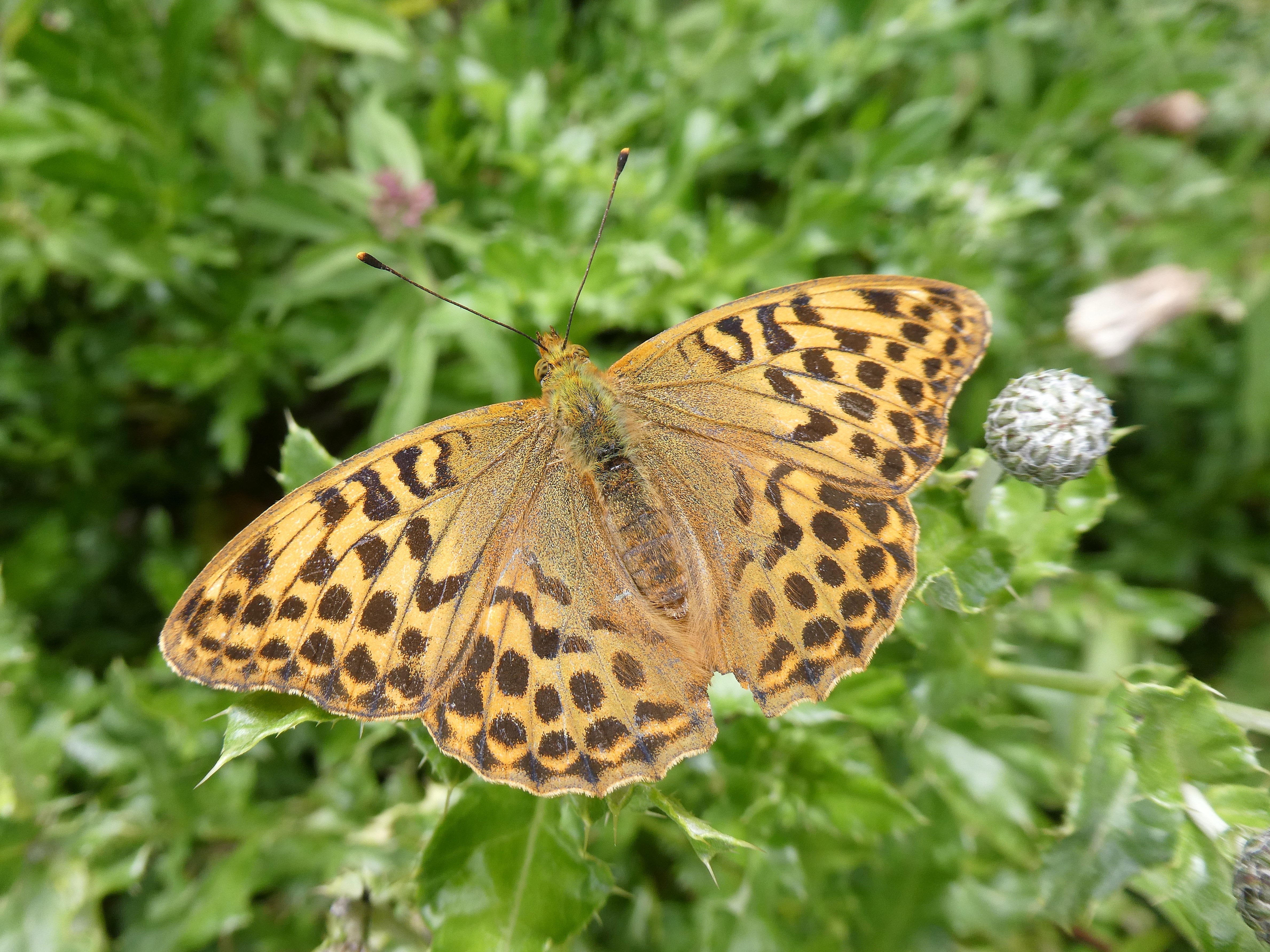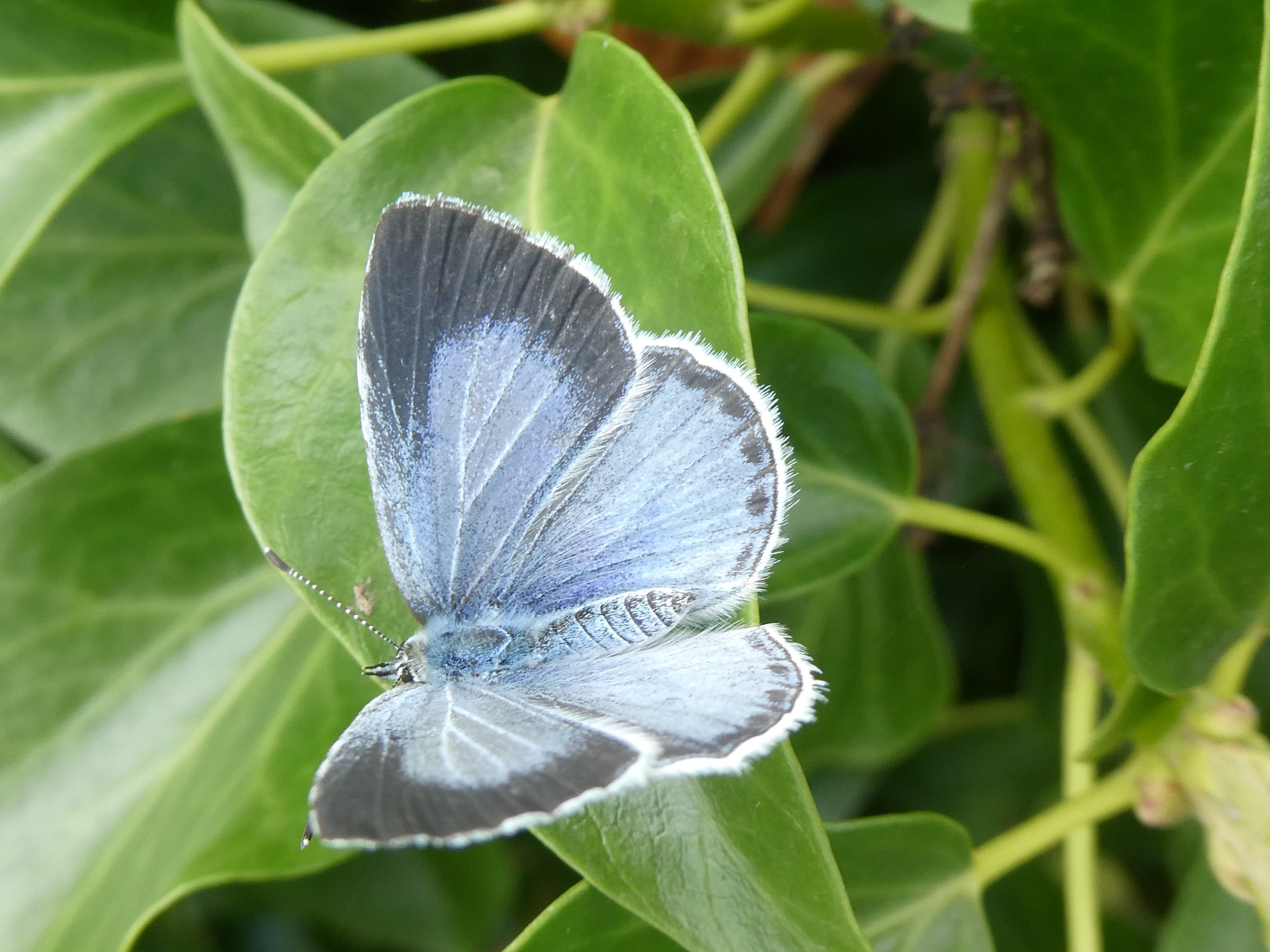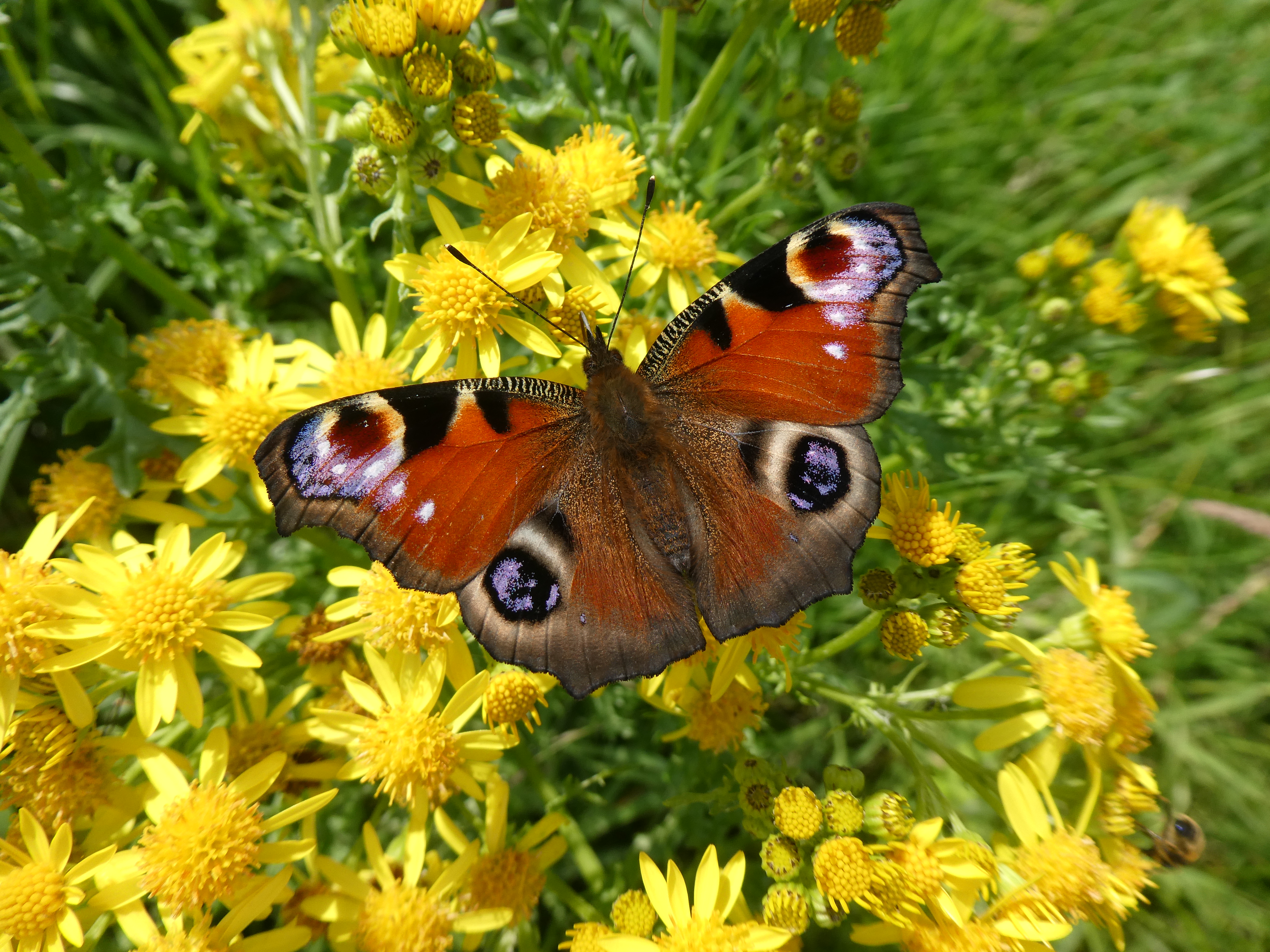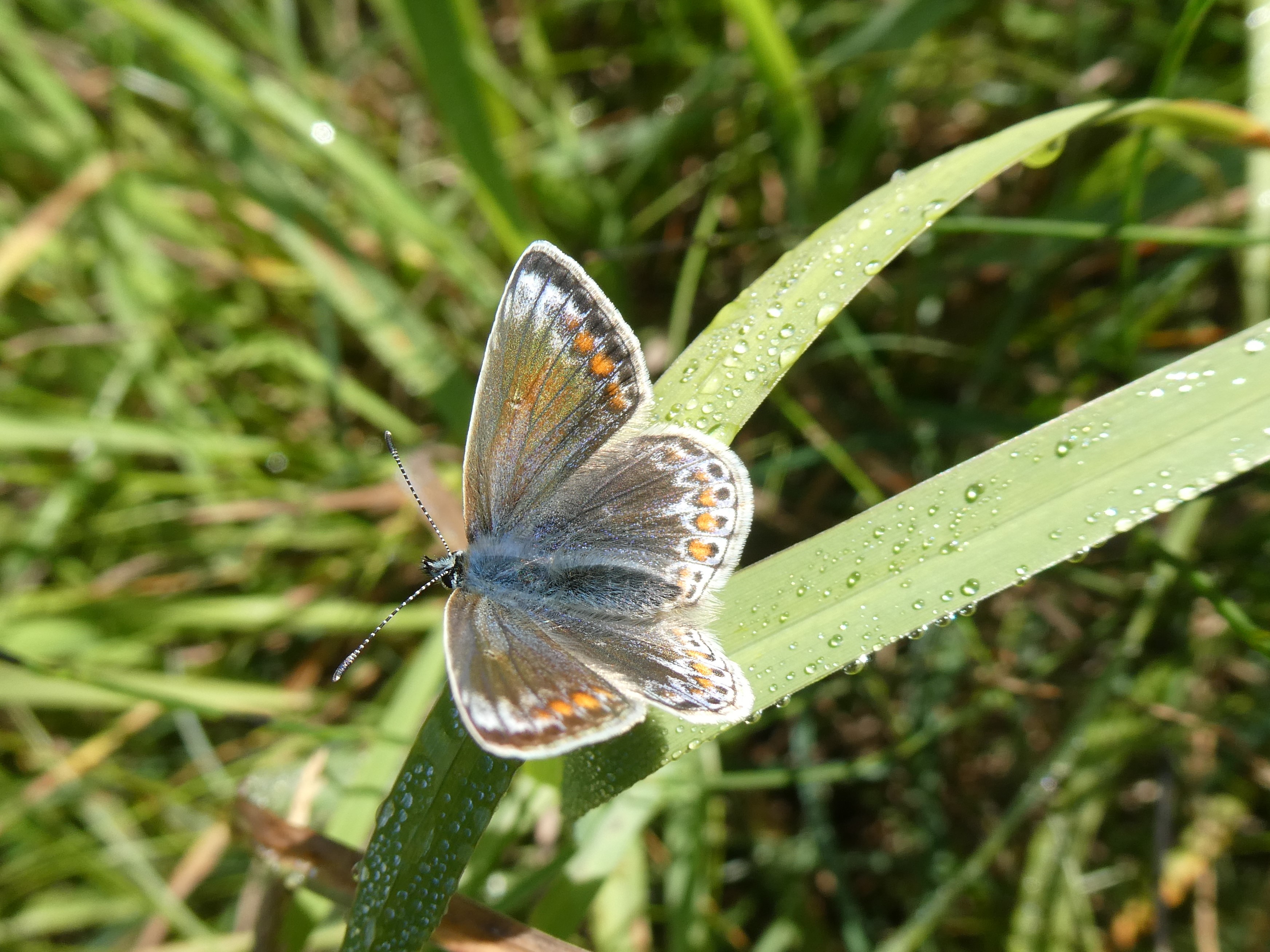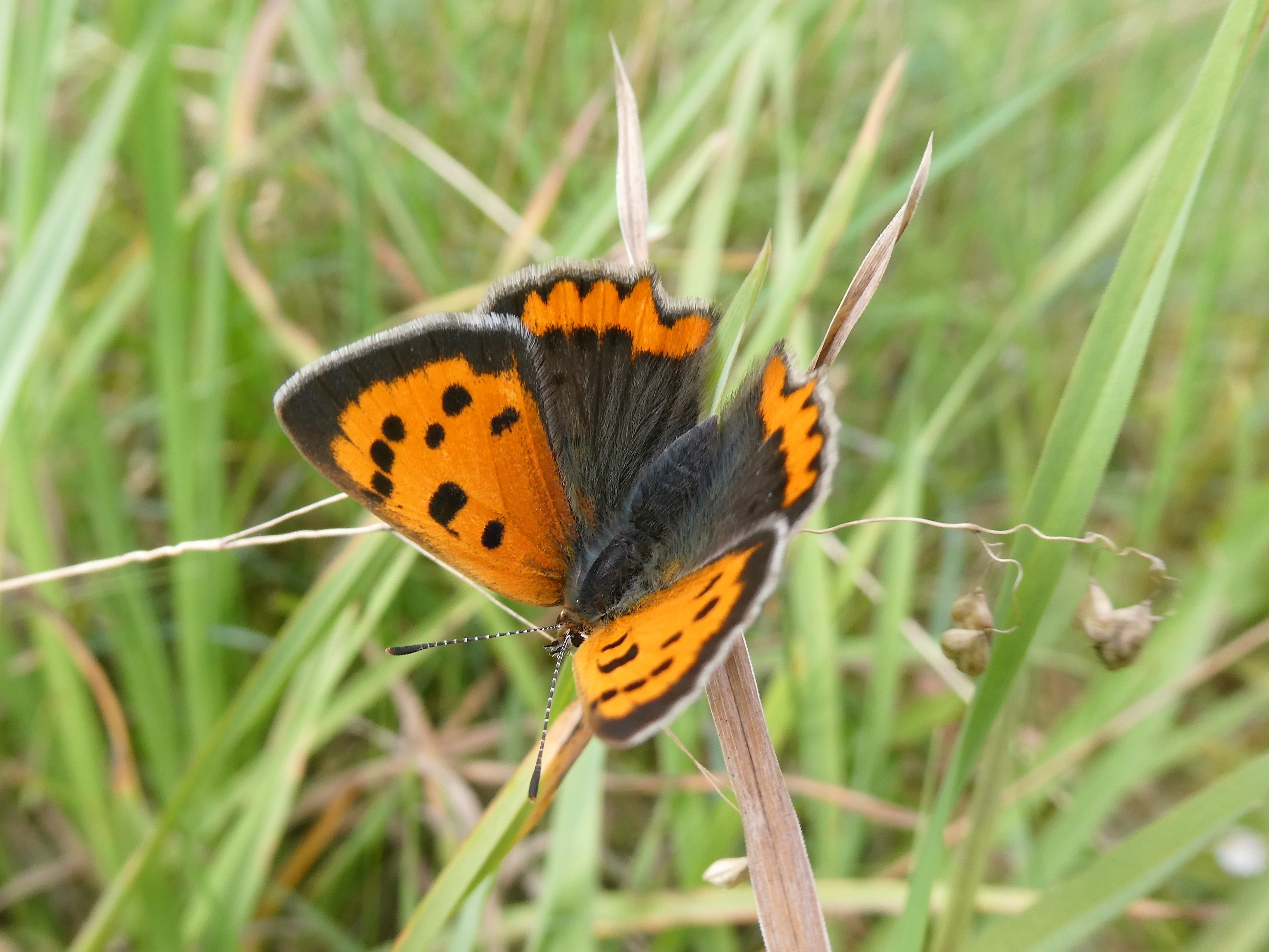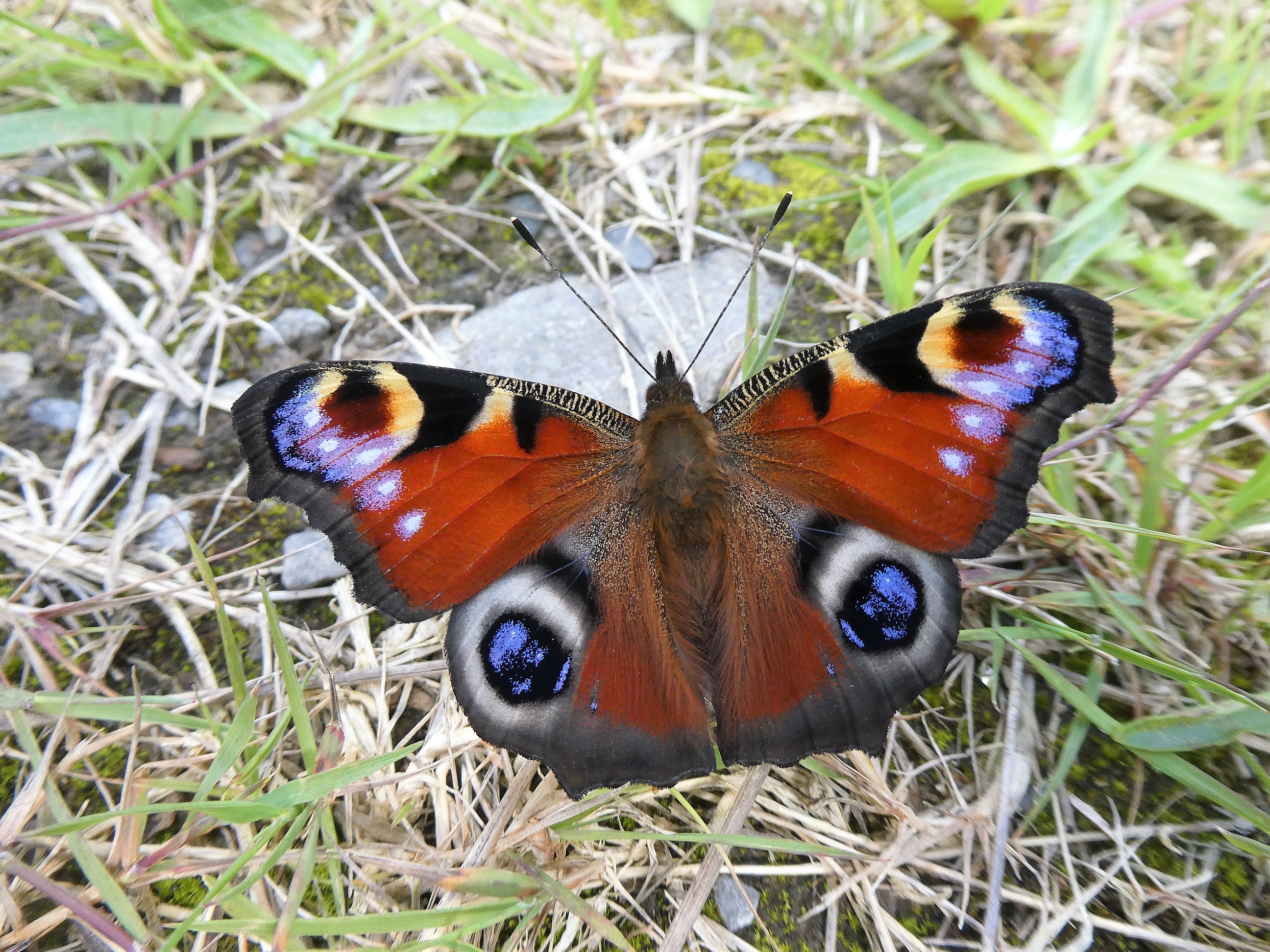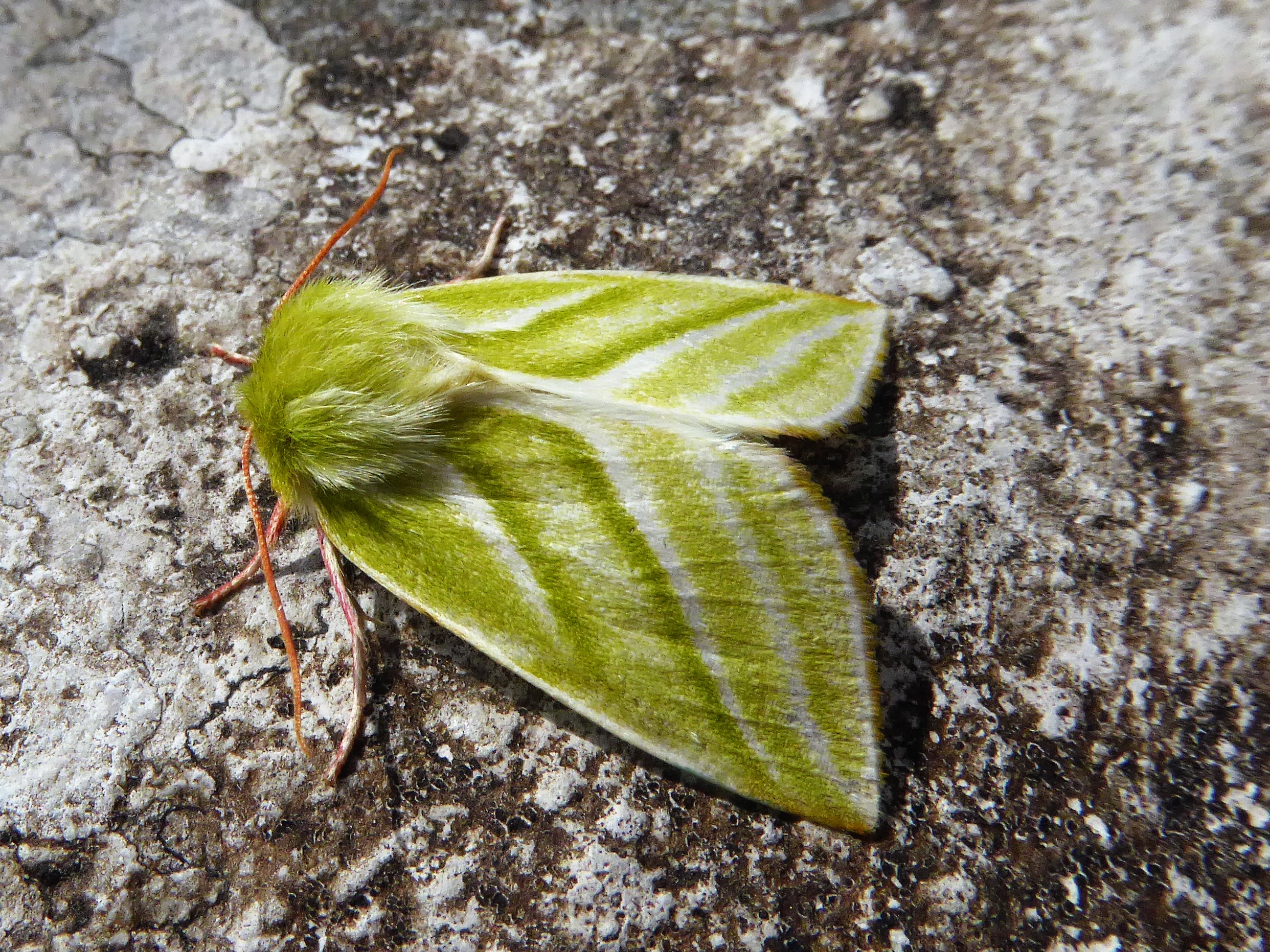Growing up in Dublin in the 1970s, a real foreign holiday, and I don’t mean the Isle of Man or the UK mainland, was beyond the pockets of most Irish people. The era of monopolies meant that Aer Lingus could charge astronomical fares, even for a trip to London and this it did.
Irish people with sun-tans were identifiable as a privileged class such was the extraordinary costs of foreign travel. Now even teenagers head off to Spain-the communion money would cover the cost!
For the average Irish family, the foreign holiday was substituted by a day out at the beach. Happily, in many coastal counties, we have some great beaches. If only we had reliable warm sunshine to go with it, we’d be less likely to flee the rain each summer.
When my father announced a day trip to the beach an almost inexplicable excitement pervaded the household. We’d need the beach accoutrements-buckets and spades, fishing nets, beach towels, a picnic (surely we could rise higher than Tayto cheese and onion?) and sun-tan lotion (today we’d pack sunblock). The Ford Escort was loaded down with all-sorts and the last minute checks “Did you leave a note for the milkman?” annoyingly delayed our rising excitement.
At long last, off we went. Songs, mostly those repetitive ditties learned in scout and girl guide troops were sung with gusto-I wonder now how parents put up with the raucous.
After interminable “Are we there yets?” we finally joined the traffic jam near the beach. Dollymount strand on Bull Island was the beach we went to and it was packed with families.
Too packed. On one such visit, my younger brother disappeared. A golden-haired boy, he sometimes drifted off and this day, it seemed, he did it again. My mother was hysterical. A search was instituted and everyone around us was asked to look out for a “lovely little boy with blond hair”.
After a fruitless scan of the strand, I decided to search the sand dunes. I soon drifted off into my own happy world. Graylings were found.
Large butterflies bounded up from just under my feet (alas, why didn’t I bring my net and jam jar?), flying energetically for a few feet (no metres back then), then apparently disappearing. They look ashy grey when settled with its wings shut but when it pops up its forewing a warm orange underside with a startling white-pupilled black eye-spot hoves into view. It then explodes into flight. I would leap up turning 360 degrees to find it, but by then it was gone.
The butterfly rarely bothers with flowers so seeking out patches of flowers did not help me to re-locate it. The best way to find the butterfly was just to keep going until another one was disturbed. When I got a glimpse of the lovely warm tawny patches on the upper surfaces of the wings when the butterfly is in flight, it was and is a great disappointment that it always settles with its wings closed.
Luckily, it tends to occur in colonies, so you rarely meet just one individual. In some suitable dunes, usually eroding dunes with a mixture of exposed sand and patches of Marram and fine grasses, dozens can be seen. Great sites can be found in parts of the dunes at Brittas Bay, County Wicklow and south of Cahore, County Wexford.
But the 1970s were better times for butterflies. The Grayling, it seems, is not as abundant or as widespread as it was then. Rated as Near Threatened on the Irish Red List, it has lost habitat along its coastal strongholds due to the loss of rough grazing, protection of dunes by fencing them off which often results in dense Marram growth, invasive species taking over dunes, the development of golf links which changes the vegetation, coastal erosion and fire damage. Unfortunately, it also seems to be increasingly absent from areas of dunes that still appear to be suitable-this always creates a most uneasy feeling; either something is fundamentally wrong with our world or a subtle change has occurred in the habitat that we are yet unaware of, so a remedy is not to hand.
Recent searches of the dunes at Bull Island has failed to find it. A search of the dunes at Portmarnock revealed a single Grayling and that individual was flying northwards up the beach, clearly on the move. It was not seen at Howth either.
We would appreciate your sightings of this butterfly. If you are walking any coastal area in the next two weeks, please keep an eye out for it. The butterfly can be found on rocky areas that have grassy areas as well as on sand dunes with bare and vegetated areas. It also occurs inland in rocky places. Send us your name, date of your sightings, the number of butterflies seen, place name and a six-figure grid reference, available here: https://irish.gridreferencefinder.com/
Our email address for these records is: conservation.butterfly@gmail.com
A photo of the habitat would also be very useful.
As for the “lovely little boy with blond hair”, he was eventually found beside the ice-cream van where he was handed ice cream by parents buying for their own children!
